The Anatomy of Your Home Farwest Climate Control
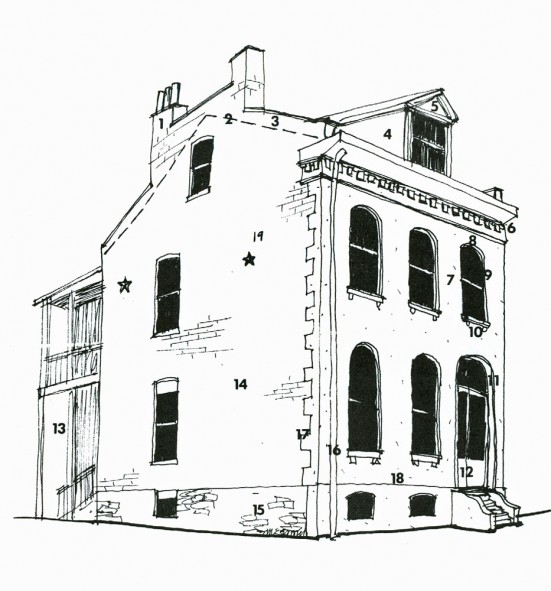
Landmarks Association of St. Louis Education Anatomy of a
A continuous concrete footing. A foundation wall of either poured concrete or concrete masonry units (CMUs) A concrete floor slab. These three elements are the foundation system's structural components, serving to transfer the gravity load (the weight of the house) down into the ground. While concrete is an ideal material to handle the weight.
.jpg)
Meredith's House Grey's Anatomy and Private Practice Wiki
1. Chimney - used to vent flue gases from fireplaces or heating equipment. See CHIMNEY INSPECTION DIAGNOSIS REPAIR 2. Chimney flue top or chimney rain cap (if present), required for safe, proper draft and to avoid water damage to flues. See CHIMNEY RAIN CAP / RAIN COVER INSPECTION 3. Chimney crown or chimney top seal,

The “Grey’s Anatomy” House IAMNOTASTALKER
In the illustration below, you can see an interior wall's basic wall-framing components. Wall studs, typically spaced 16 or 24 inches from center to center, are the vertical supports that run from top to bottom. Along the floor, a bottom plate serves as a base; a top plate does the same across the ceiling. Both plates are nailed to solid framing.
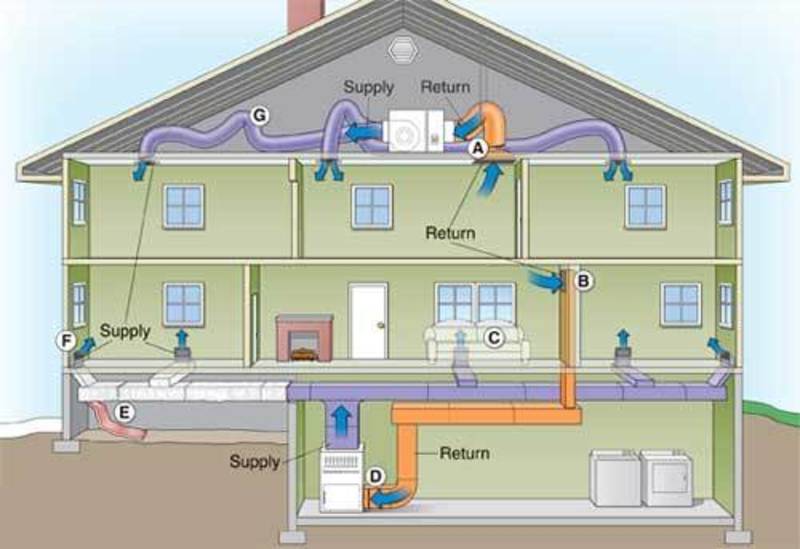
The Anatomy of Your Home Farwest Climate Control
This course will take you under the hood of a home, explaining the basics of thermal and moisture management, structural engineering, electrical, plumbing, HVAC and hot water systems, weatherization and energy retrofits, renewable energy options, and much more.

The “Grey’s Anatomy” House IAMNOTASTALKER
1. Foundation 2. Frame 3. Roof The Functional 4. Windows/Doors 5. Plumbing 6. Electrical 7. Heating & Cooling (HVAC) The Finishes 8. Siding / Gutter / Soffit / Fascia 9. Drywall & Paint 10. Interior Finish Carpentry 11. Finished Flooring (Here are links to Part 1 and Part 2 if you missed them)
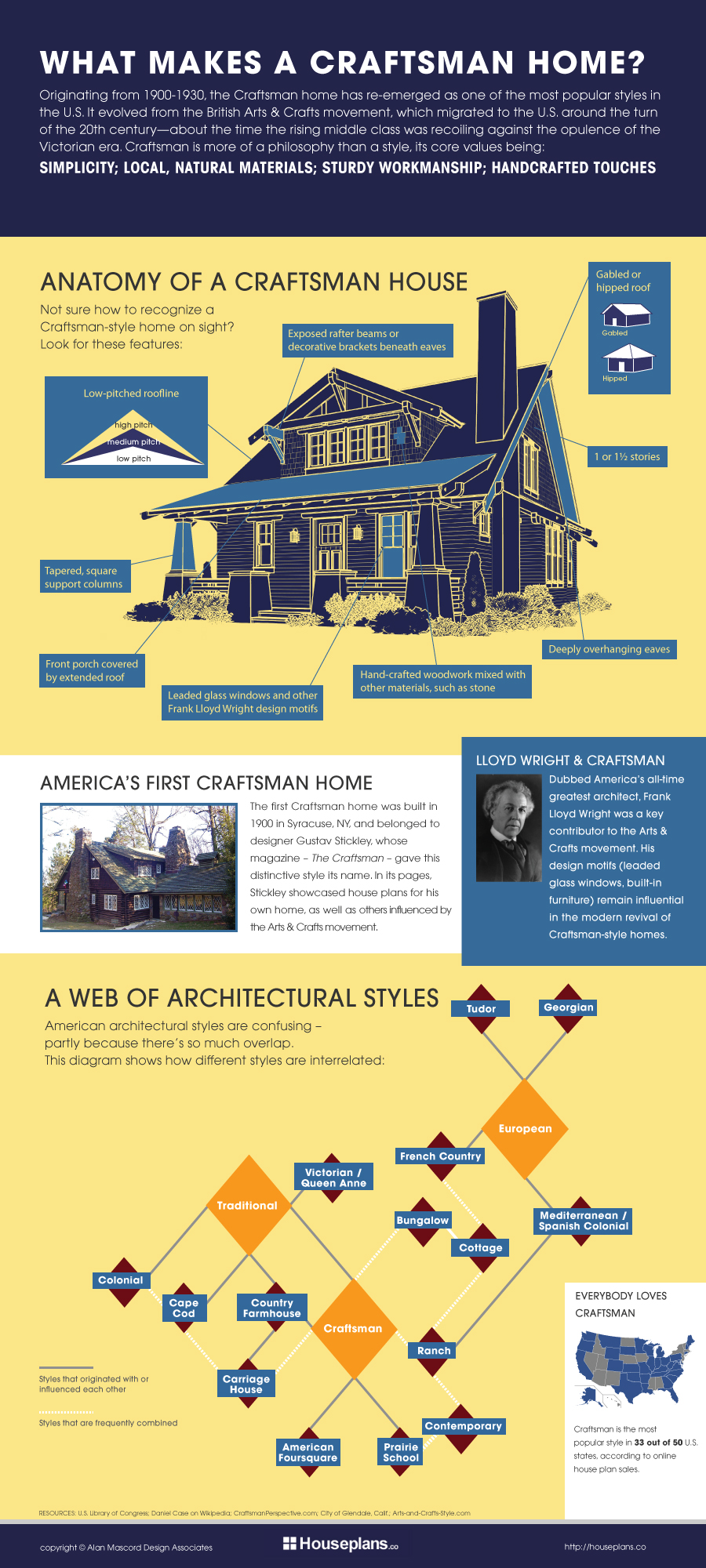
House Anatomy
1. Foundation 2. Frame 3. Roof The Functional 4. Windows/Doors 5. Plumbing 6. Electrical 7. Heating & Cooling (HVAC) The Finishes 8. Siding / Gutter / Soffit / Fascia 9. Drywall & Paint 10. Interior Finish Carpentry 11. Finished Flooring (Did you miss Part 1, the first article in this series? Click Here .)
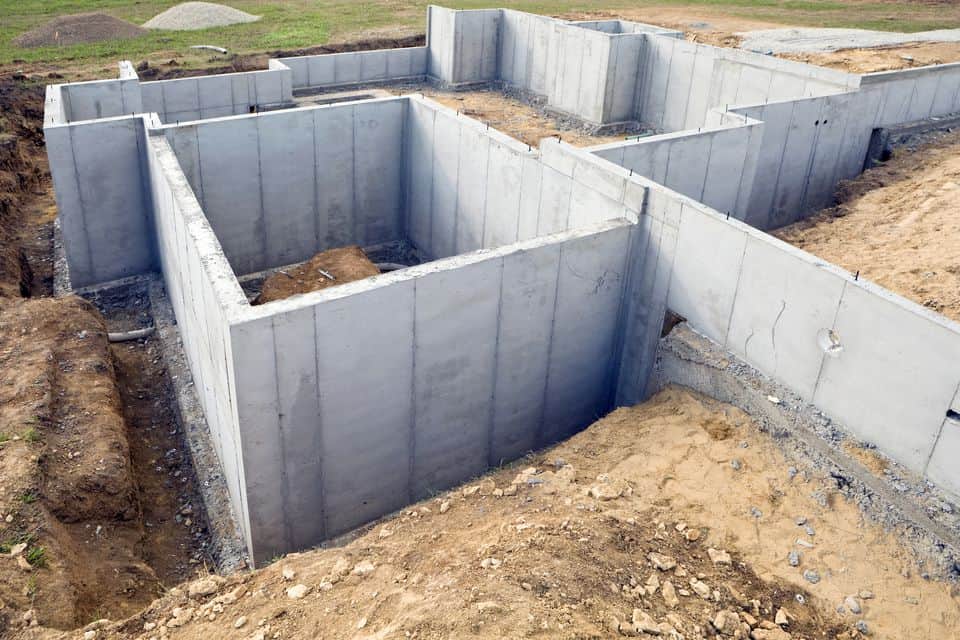
Anatomy of a House Understanding the Components of your Home (Part 1/3
1. Foundation 2. Frame 3. Roof The Functional 4. Windows/Doors 5. Plumbing 6. Electrical 7. HVAC The Finishes 8. Siding / Gutter / Soffit / Fasia 9. Drywall & Paint 10. Interior Finish Carpentry 11. Finished Flooring Today we'll start with the structural components: Foundation, Framing, and Roof. 1. Foundation

Grey's Anatomy dream house Inspiration Bones and Grey's Pinterest
Steve Green | Updated August 14, 2022 | Published April 28, 2021 Let's face it: naming the parts of a house exterior isn't easy, even if you've owned a home for more than a decade. Many of us know the internal parts or sections of a house, such as the living room, bedroom, and kitchen. But do we even know what's a corner post or an air vent?
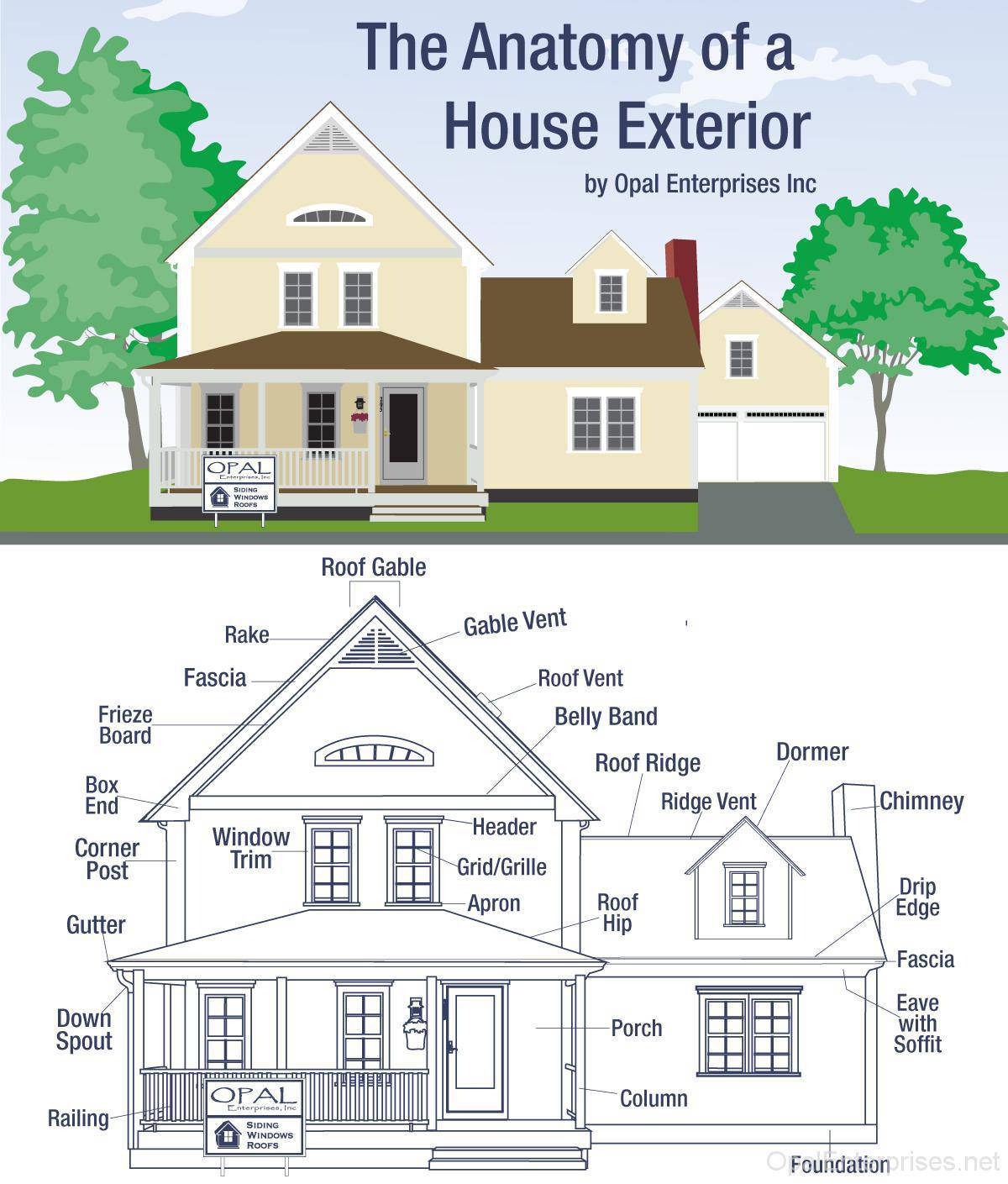
The Anatomy of a House Exterior Opal Enterprises
Some of the exterior features include: The front, back and side doors: located along the house. Garage doors: typically in the front or around the side of the house facing the main street. Windows: built into the walls. Porch: can be found along the front, back, and sides of the house surrounding the exterior walls.

Anatomy of the House, travelling exhibition Graven
2. Frame. The framing is also an important part of the structure as it gives the house its shape. The frame is made up of the rafters, studs, and joists. The framing must be strong enough to support the weight of the roof, walls, and floors. If the framing is not strong enough, the house will collapse. 3.

The anatomy of a house exterior architecture terminology infographic
Before you frame a house, you need to know the parts of the frame and how they work. The following discussion roughly reflects the order in which the parts are built in the framing process. Parts of the Frame Rafters, Second-floor support beam, Roof sheathing, Ceiling joist, Collar tie, Ridge
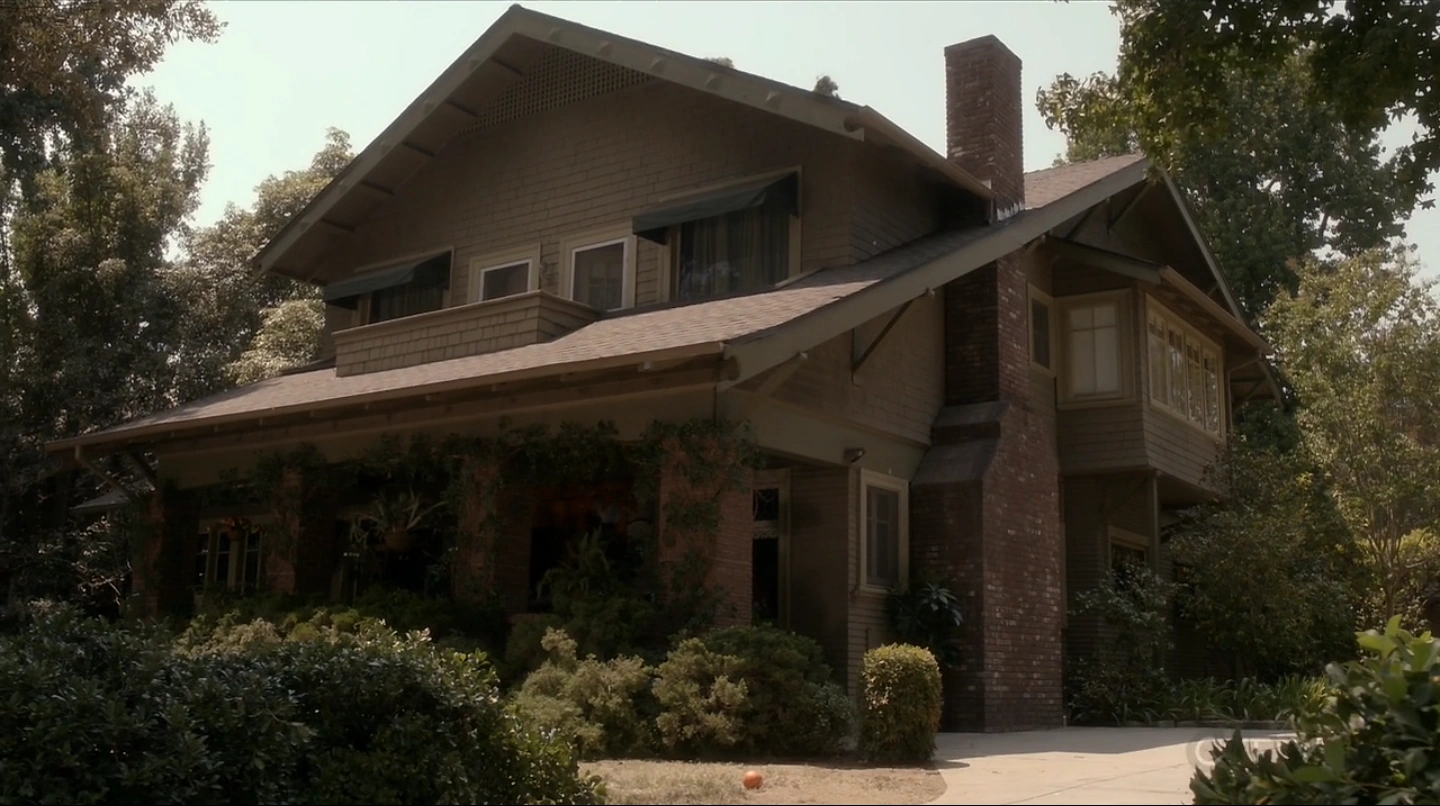
Meredith's House Grey's Anatomy Universe Wiki Fandom
Eave - An eave is created when the rafters end continues past the outside walls creating an overhang. Soffit - Is the section of material seen underneath the overhang of a roof. Fascia - This piece of material can be spotted directly above the soffit where the outside of a rafter becomes an end. Inside and Outside Corner - This is the.

Video 225 Grey's Anatomy House YouTube
foundation Part of the wall located below ground level and wider than the wall itself, which it supports; it is usually made of cement. foundation sill plate Member anchored to the top of the foundation wall; the floor joists and the end joists rest on it. strut

'Grey's Anatomy' house makes list of TV residences
A typical house consists of a foundation, framing, siding, windows, doors, and a roof. These parts work together to create a safe and comfortable place to live. The parts of your house and their functions! From the foundation to the roof, learn about all the different elements that make up your home.

50 Things You Never Knew About the Making of 'Grey's Anatomy' Greys
One of the most popular articles on my website is the anatomy of a roof, titled Roofing Layers - What's Underneath Your Shingles.
/GreysAnatomyInternHouse-56a848633df78cf7729d6f2d.jpg)
Grey’s Anatomy Intern House Location in Seattle
1. Floor Covering Floor covering—also popularly known as the finish floor or flooring—is the visible upper finished layer of a flooring system surface. It may include materials like hardwood planks, carpets, cork, linoleum, concrete, ceramic tile, and vinyl floorings. This is the layer you see daily, walk on, and place your furniture on.